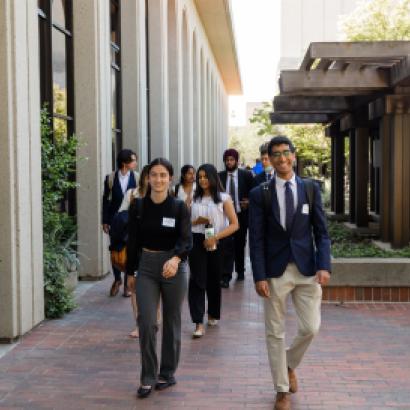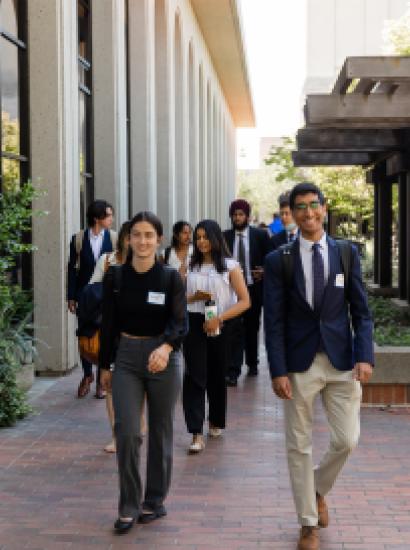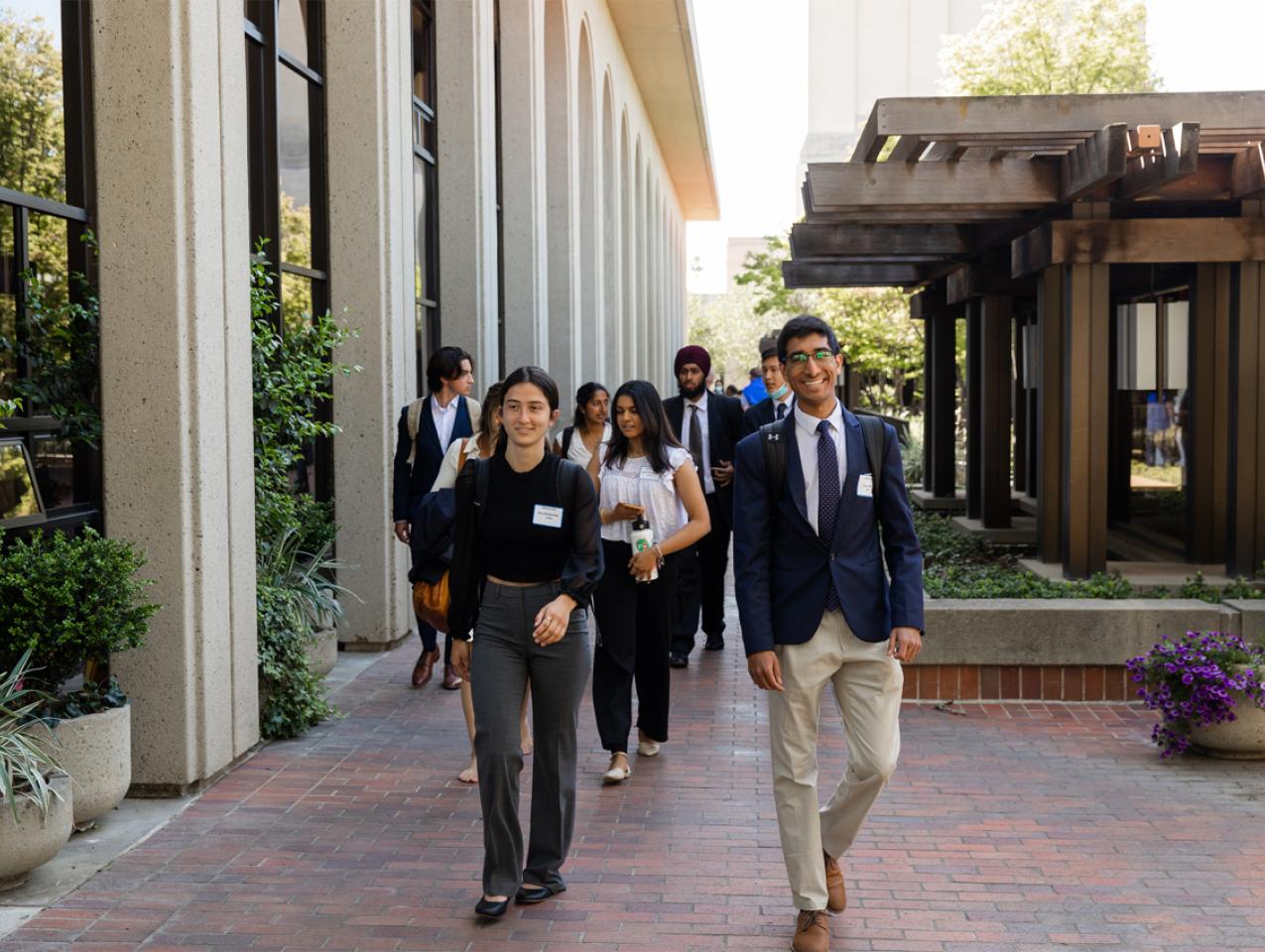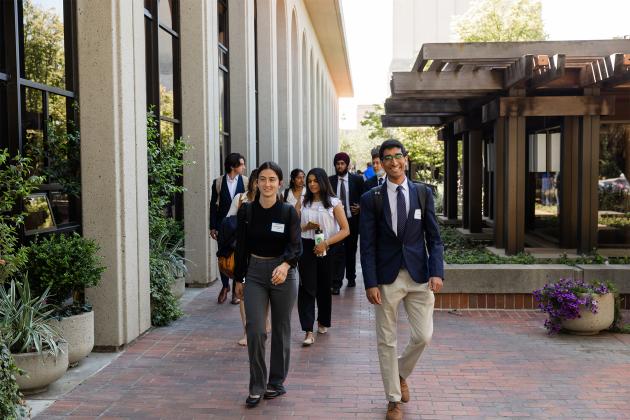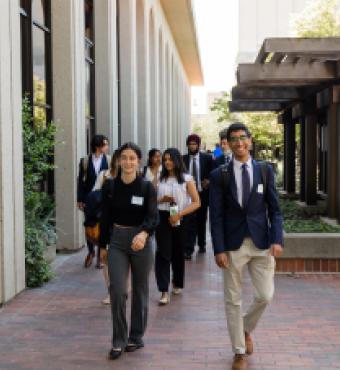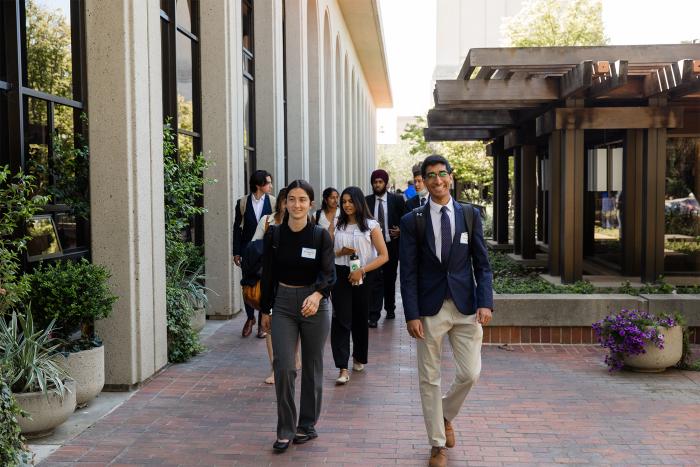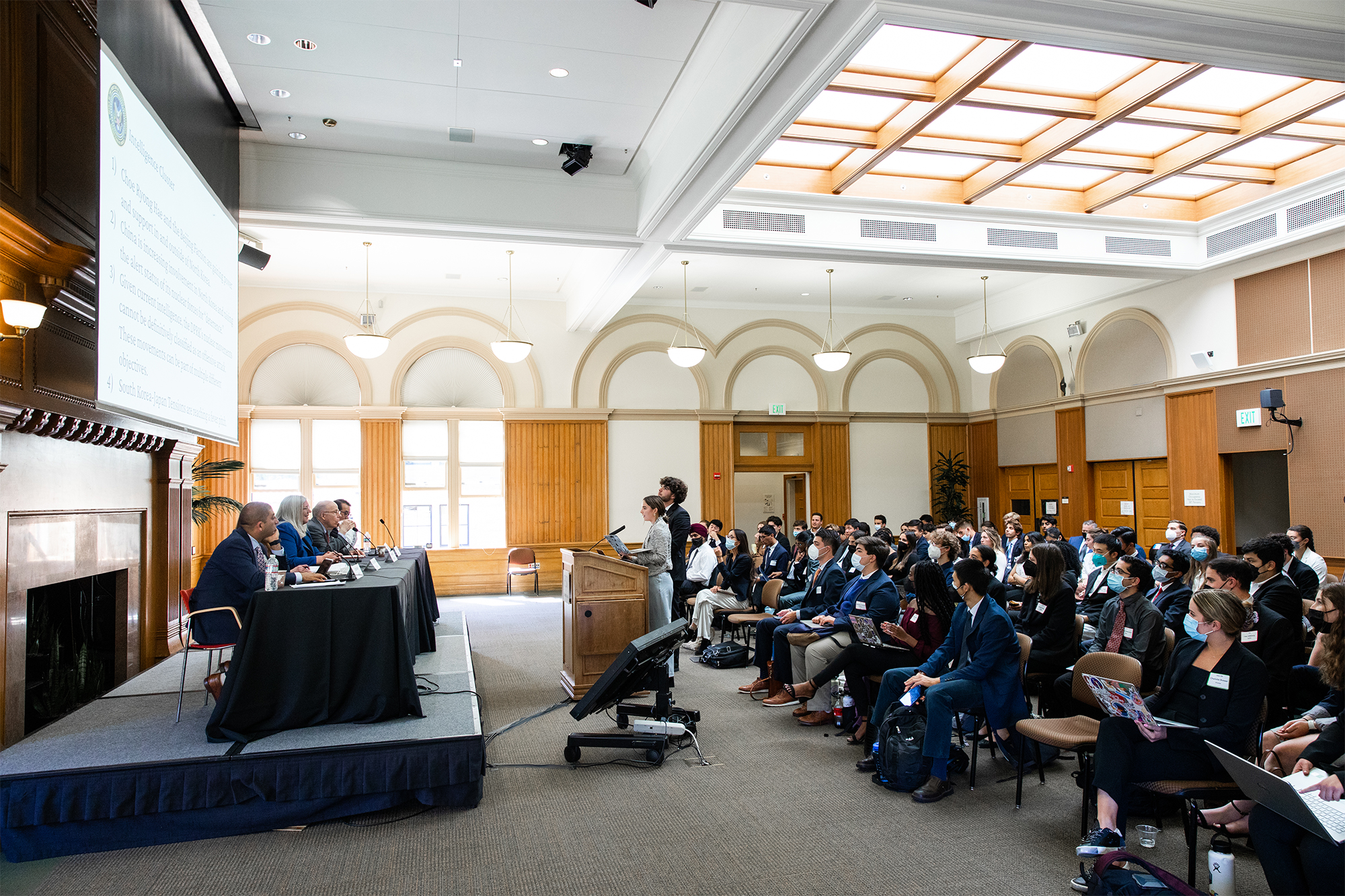
Hoover Institution (Stanford, CA) – On Tuesday, May 3 and Wednesday, May 4, Morris Arnold and Nona Jean Cox Senior Fellow Amy Zegart, along with former senior officials from the American intelligence community, led a 48-hour simulation with one hundred participating Stanford undergraduates on formulating policy solutions that address nuclear instability on the Korean Peninsula.
The simulation, which took a year to design, forms part of the curriculum of Zegart’s course on the history and future of US intelligence policy, “Spies, Lies, and Algorithms,” (also the title of her new book from Princeton University Press from which the course is based). The course, comprised of mostly freshmen and sophomores, is intended to introduce students from a diverse set of majors to subjects of US intelligence and national security early in their Stanford careers.
Sorted into teams resembling departments and agencies in the US government, students were tasked with deciphering a large and constantly flowing stream of intelligence coming from Asia. They presented their findings and opinions to members of a mock NSC’s principals committee, including the US president (played by Sue Gordon, deputy director of national intelligence, 2017–19), national security advisor (Amy Zegart), secretary of state (John E. McLaughlin, deputy director of central intelligence, 2003–4), secretary of defense (Jamil Jaffer, chief counsel and senior advisor to US Senate Foreign Relations Committee, 2015), and special advisor to the president (Yong Suk Lee, CIA analyst, 1997–2019).
Prior to the simulation, the officials described to students why they decided to devote a portion of their careers to public service. They also provided their analyses of Russia’s invasion of Ukraine, and of the potential for China’s takeover of Taiwan through nonpeaceful means.
The simulation presented students with hypothetical scenarios in which they would be required to present a crisis response. In one such scenario, North Korea’s leader Kim Jong-un has gone missing, and there are reports that the country has been plunged into a struggle over who will be Kim’s successor. Of concern for US policy makers is who controls North Korea’s nuclear arsenal, and whether there is a potential for crisis escalation with China if the United States attempts to help shape the political outcome in Pyongyang using military force. The US also is faced with the challenge of managing its alliance with South Korea and another major regional actor, Japan.
In advance of the first presentation to the mock National Security Council, students received detailed backgrounders about the fourteen government agencies represented in the simulation. They were tasked with writing memoranda, in which they had to provide in-depth analyses on the above themes.
Former officials guided the student teams in assessing the accuracy of the hypothetical intelligence reports and crafting the appropriate policy responses that were later presented in ensuing National Security Council briefings. The officials inspired students to think critically about the costs and benefits to possible courses of action. Student teams were also encouraged to talk with one another in order to achieve optimal policy outcomes. Zegart and the former intelligence officials purposefully designed the simulation to mimic the federal government’s interagency process, in which, Zegart explained, the facilitation of intelligence sharing and policy coordination can be mired in inefficiency and is frequently impeded by bureaucratic gridlock and various communication barriers.
After deliberation between student teams and national security principals, the president (Gordon) decided on the course of action based on intelligence analysis and strategy recommendations provided to her by the different teams.
Zegart and the former intelligence officials concluded the program with a debrief, in which they stressed to students the importance of structuring national security decision making through an organizational process, especially when faced with a rapidly evolving international crisis.
“Wise as you are, we just threw this at you,” McLaughlin said, adding, “This is an important skill in the national security arena. I just call it ‘quick study.’ In other words, you have to get smart very fast about difficult [issues] on which you may not know a lot about.”
Click here to learn more about Amy Zegart’s new book, Spies, Lies, and Algorithms: The History and Future of American Intelligence.








